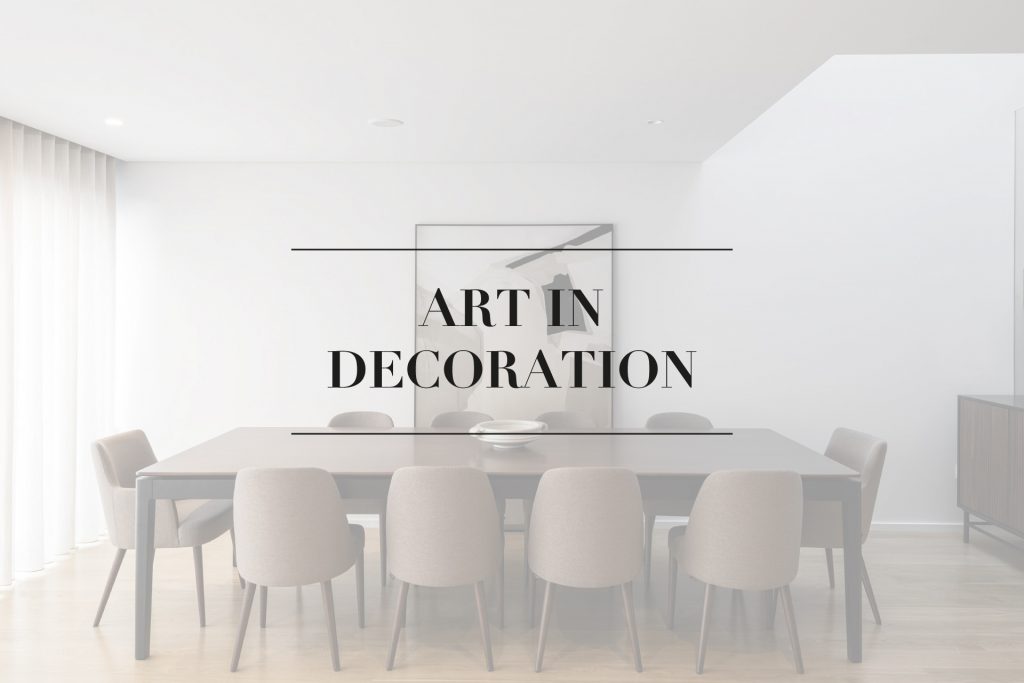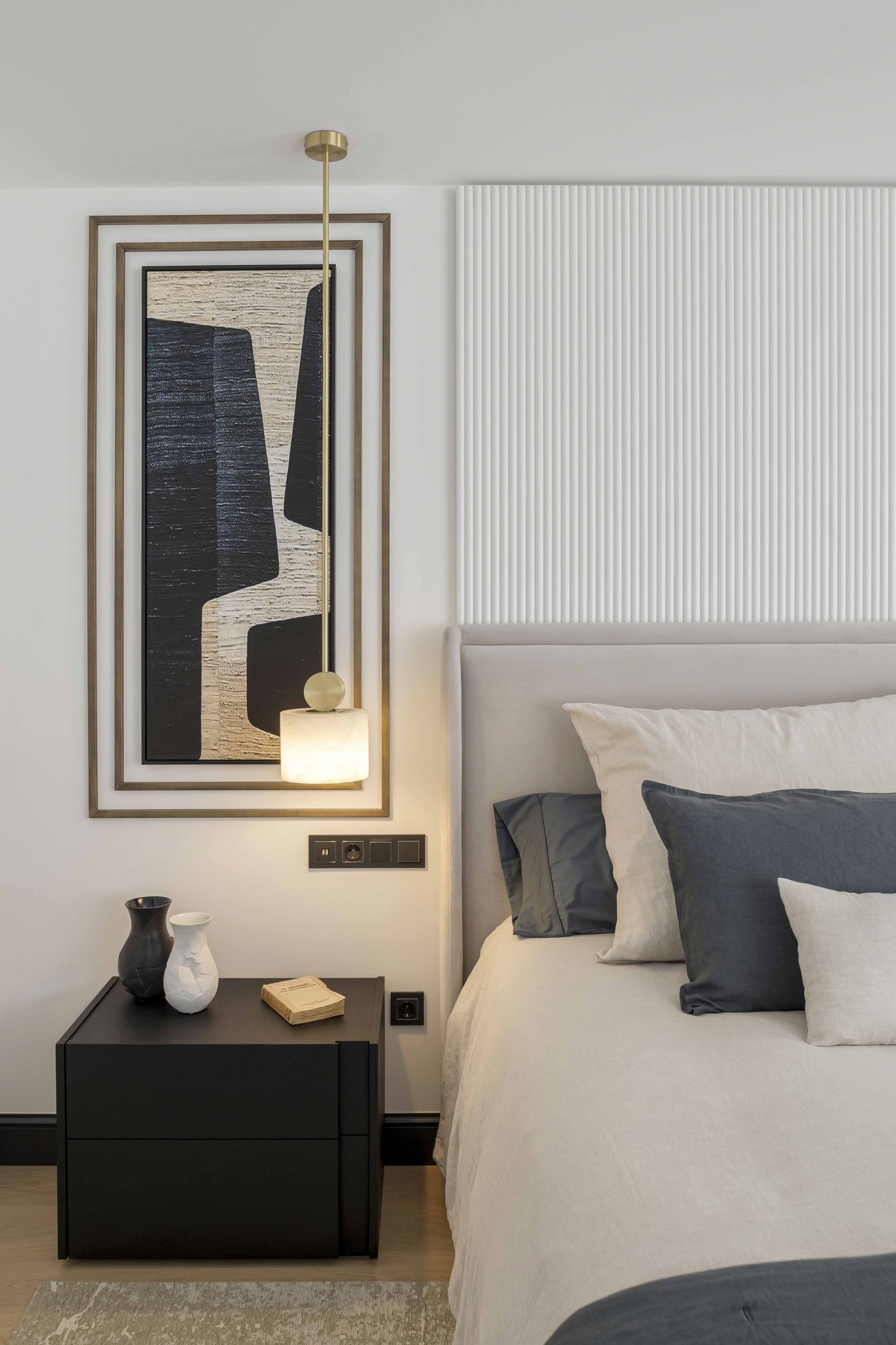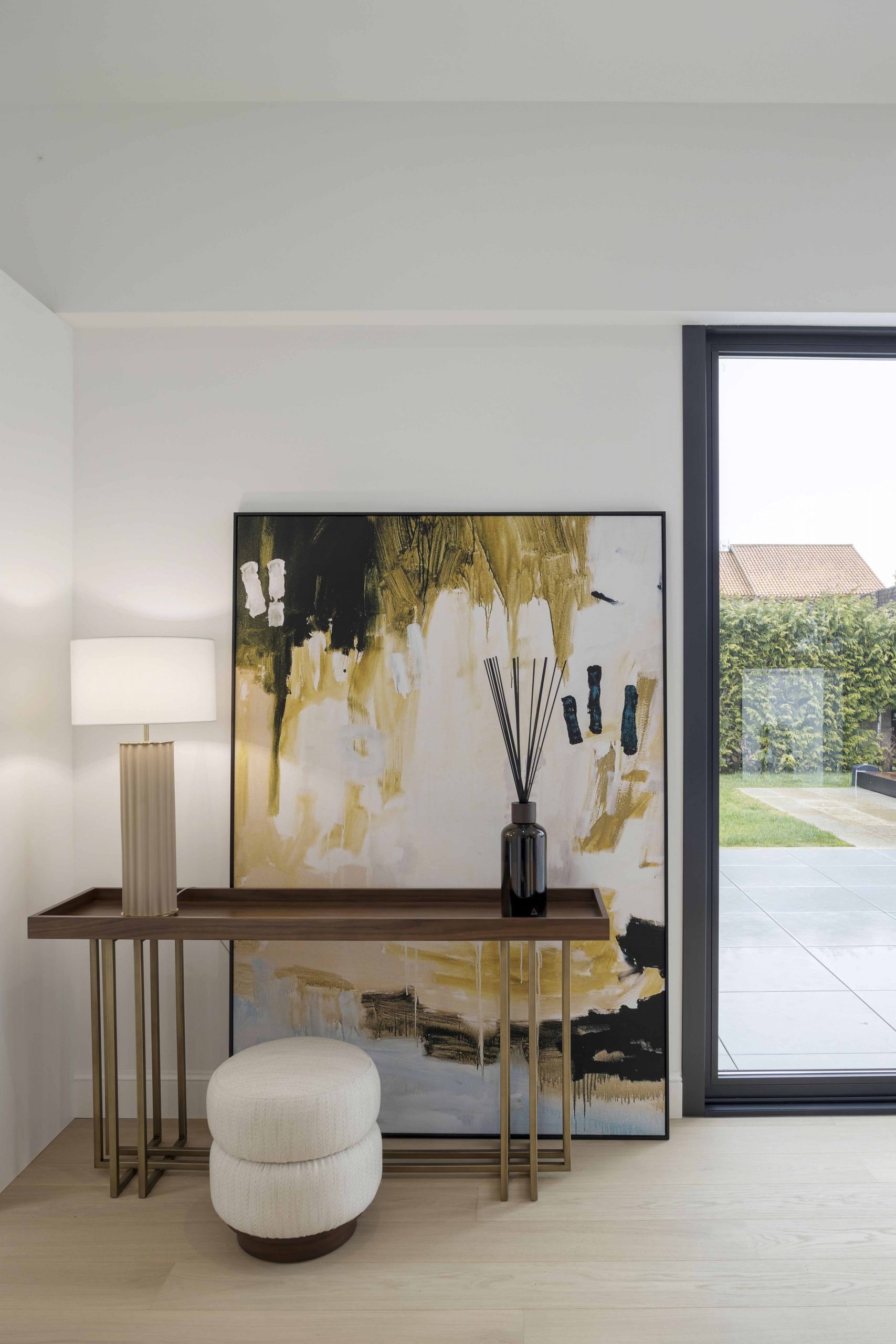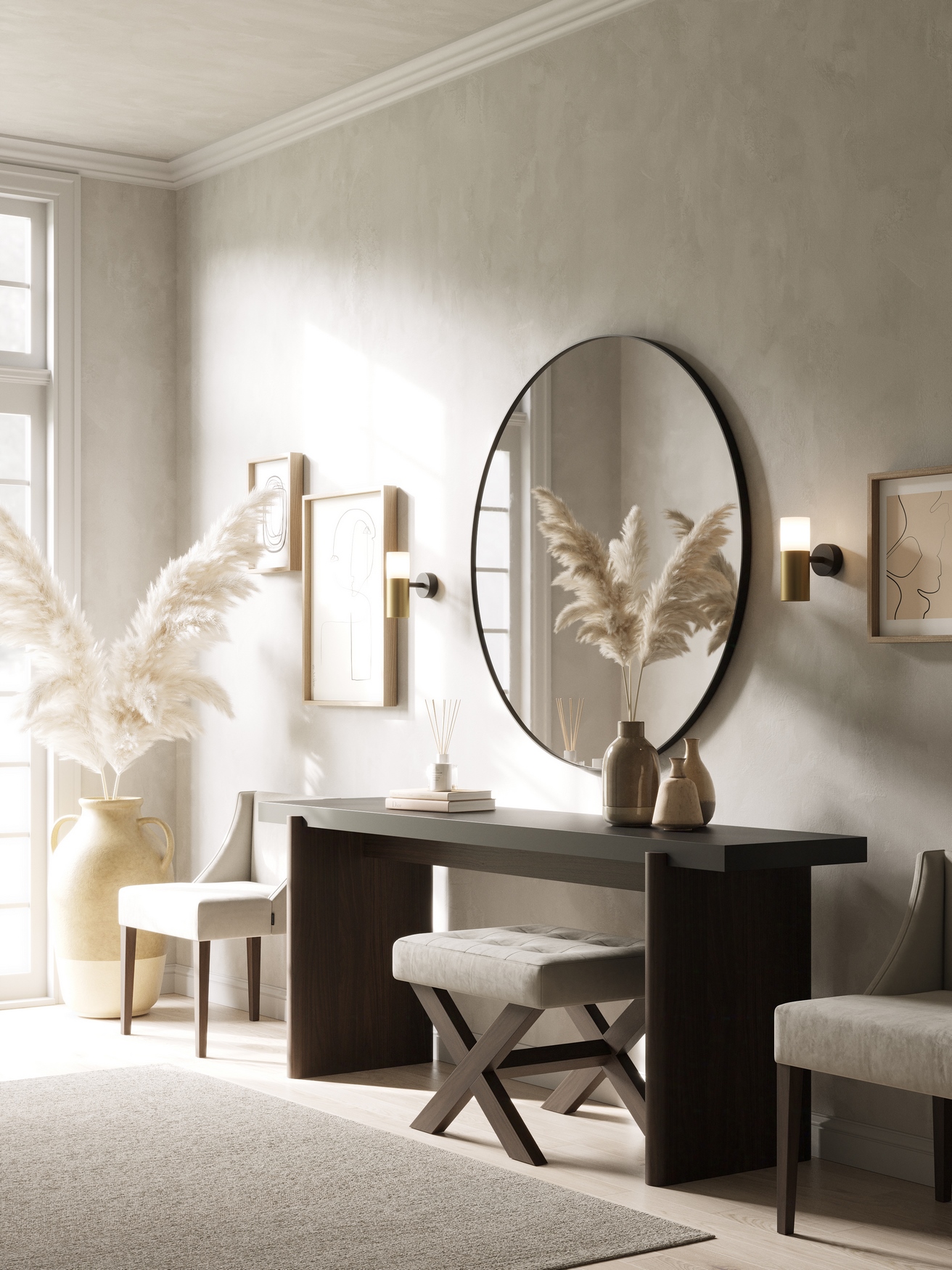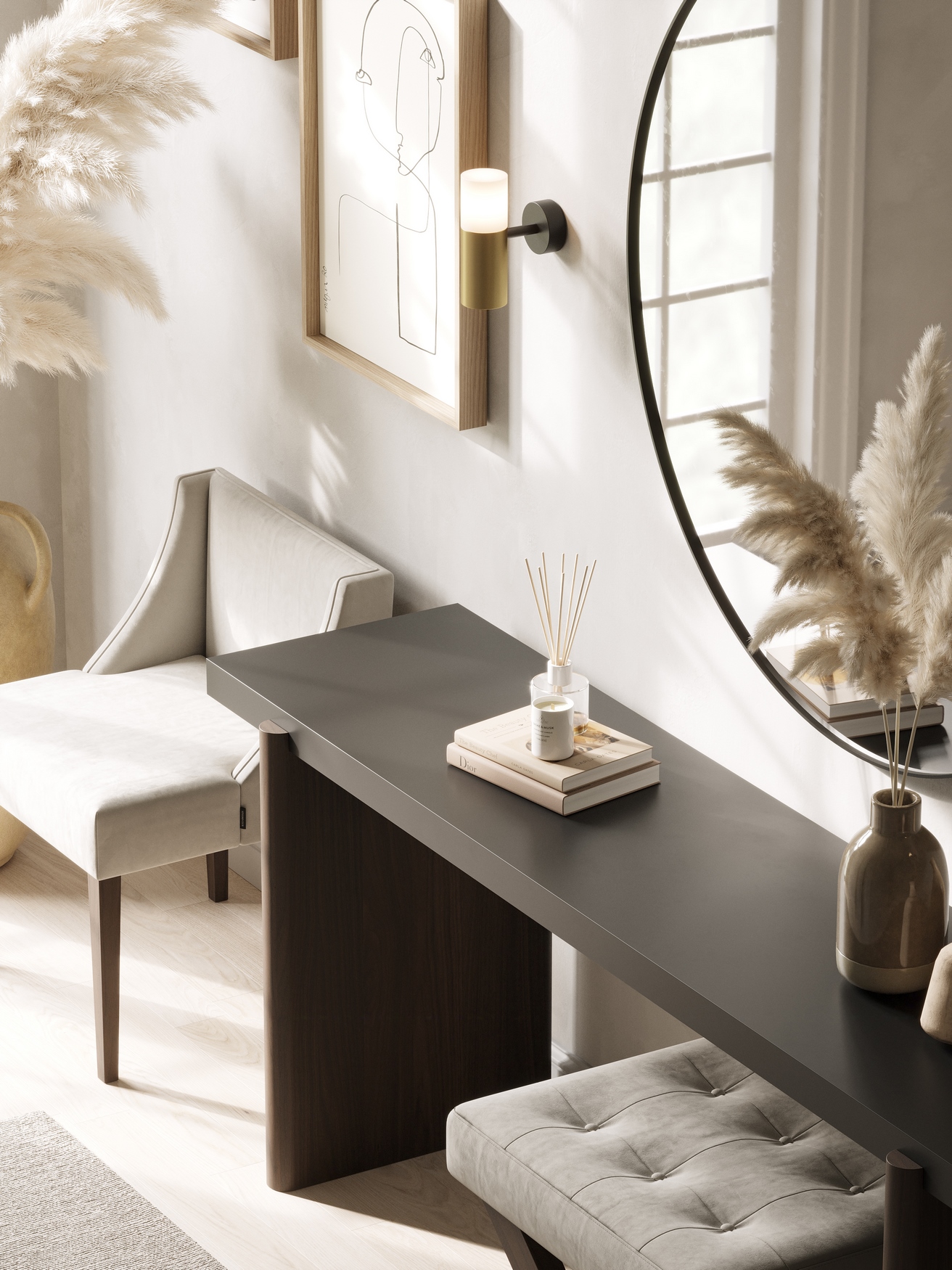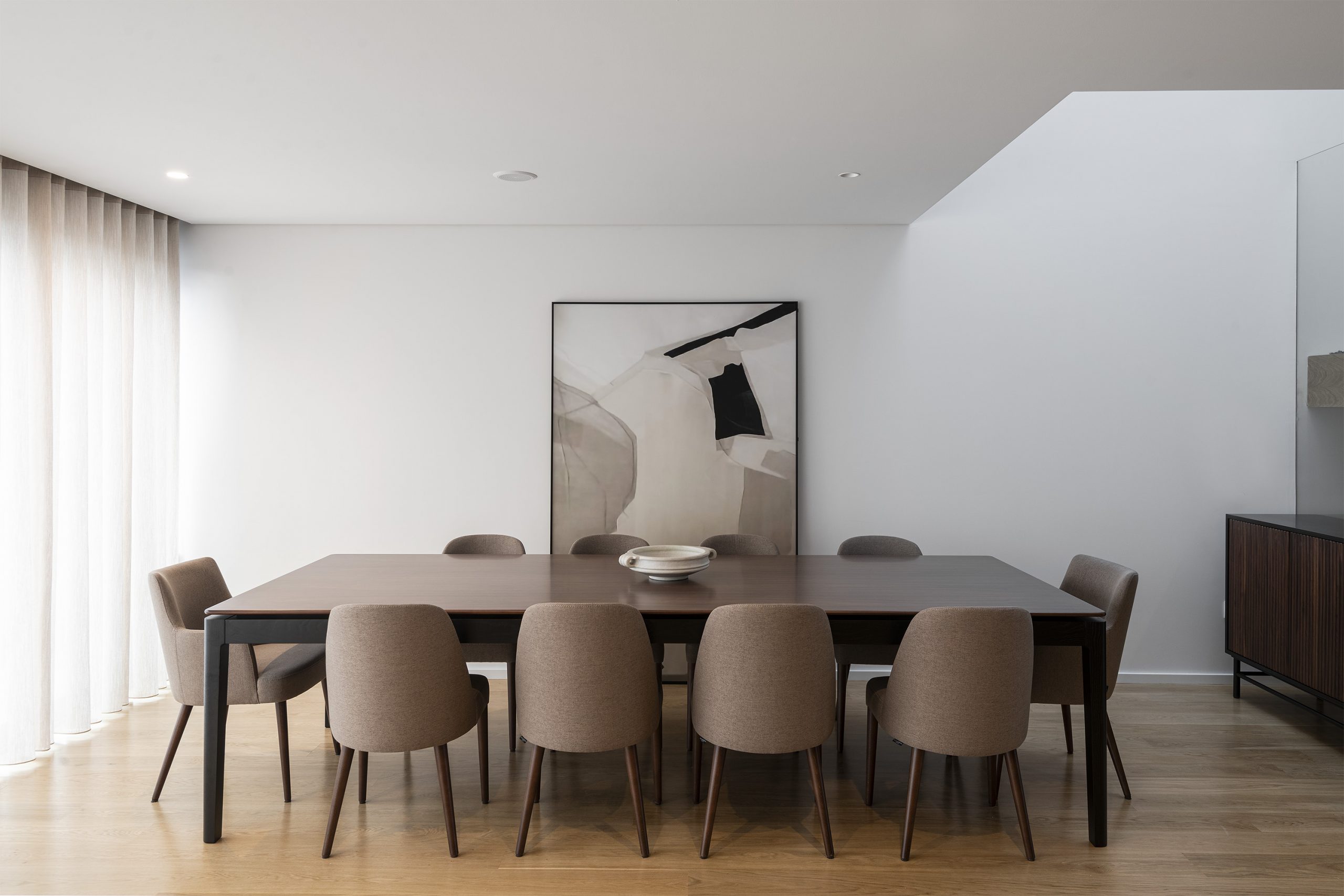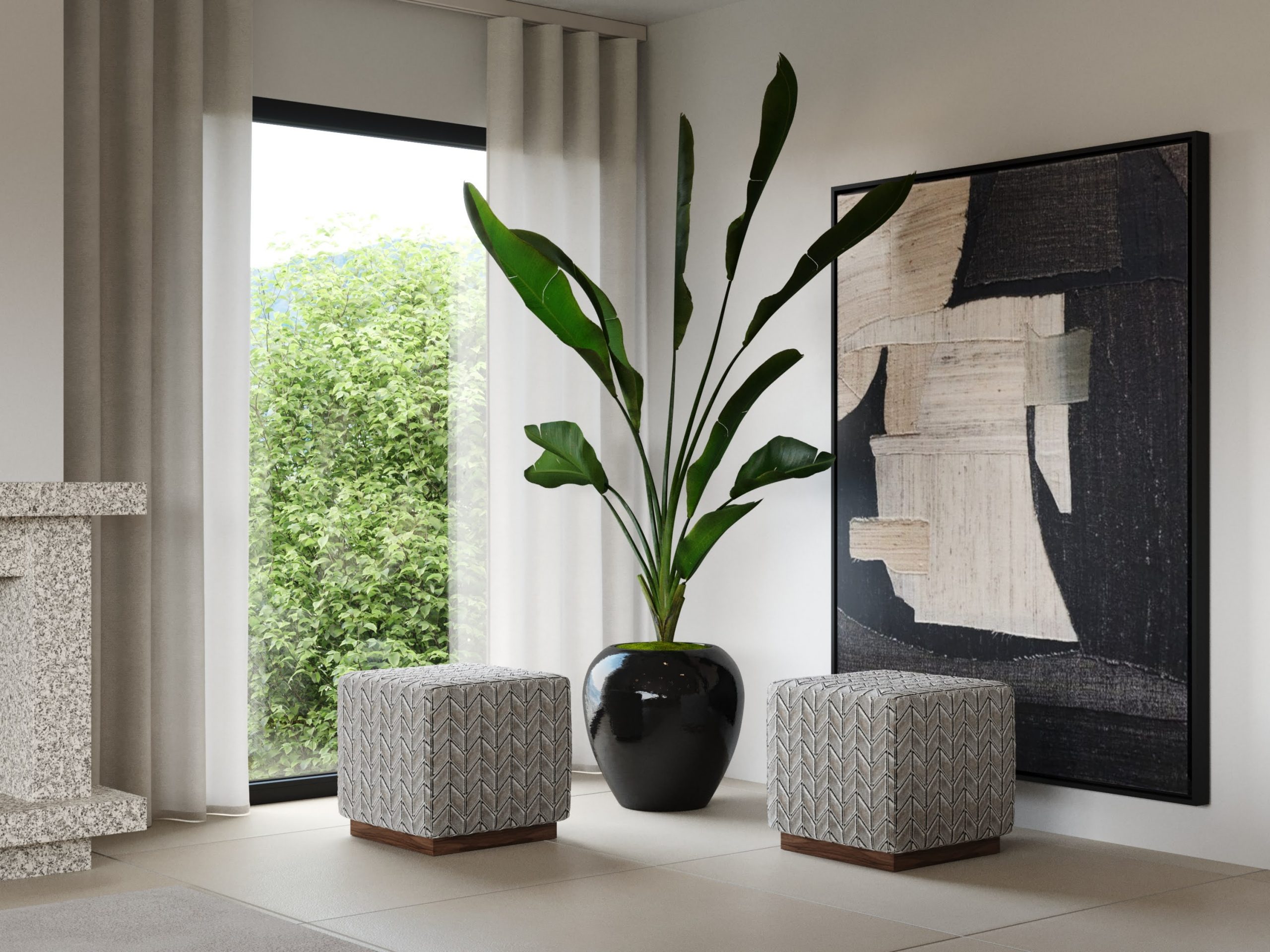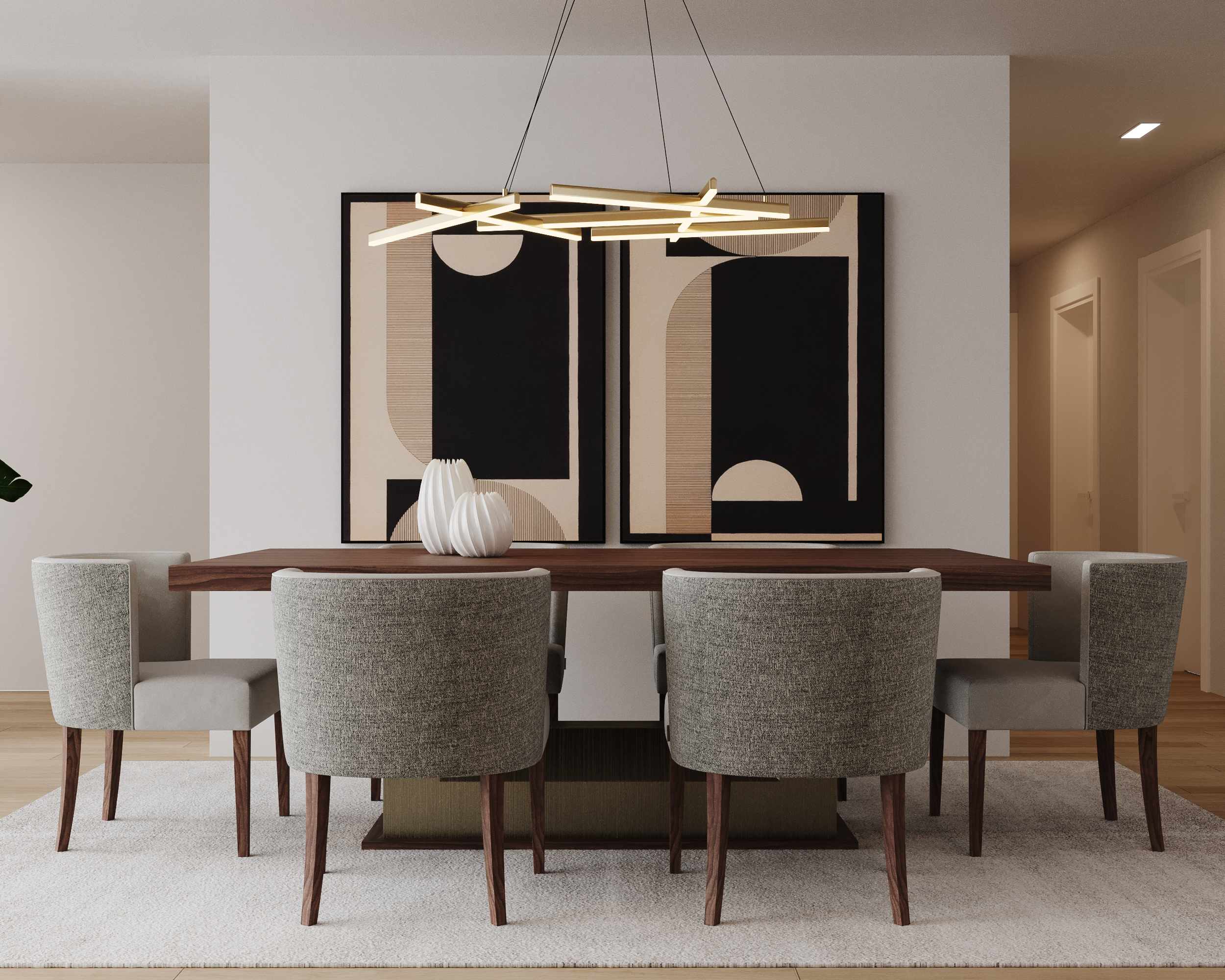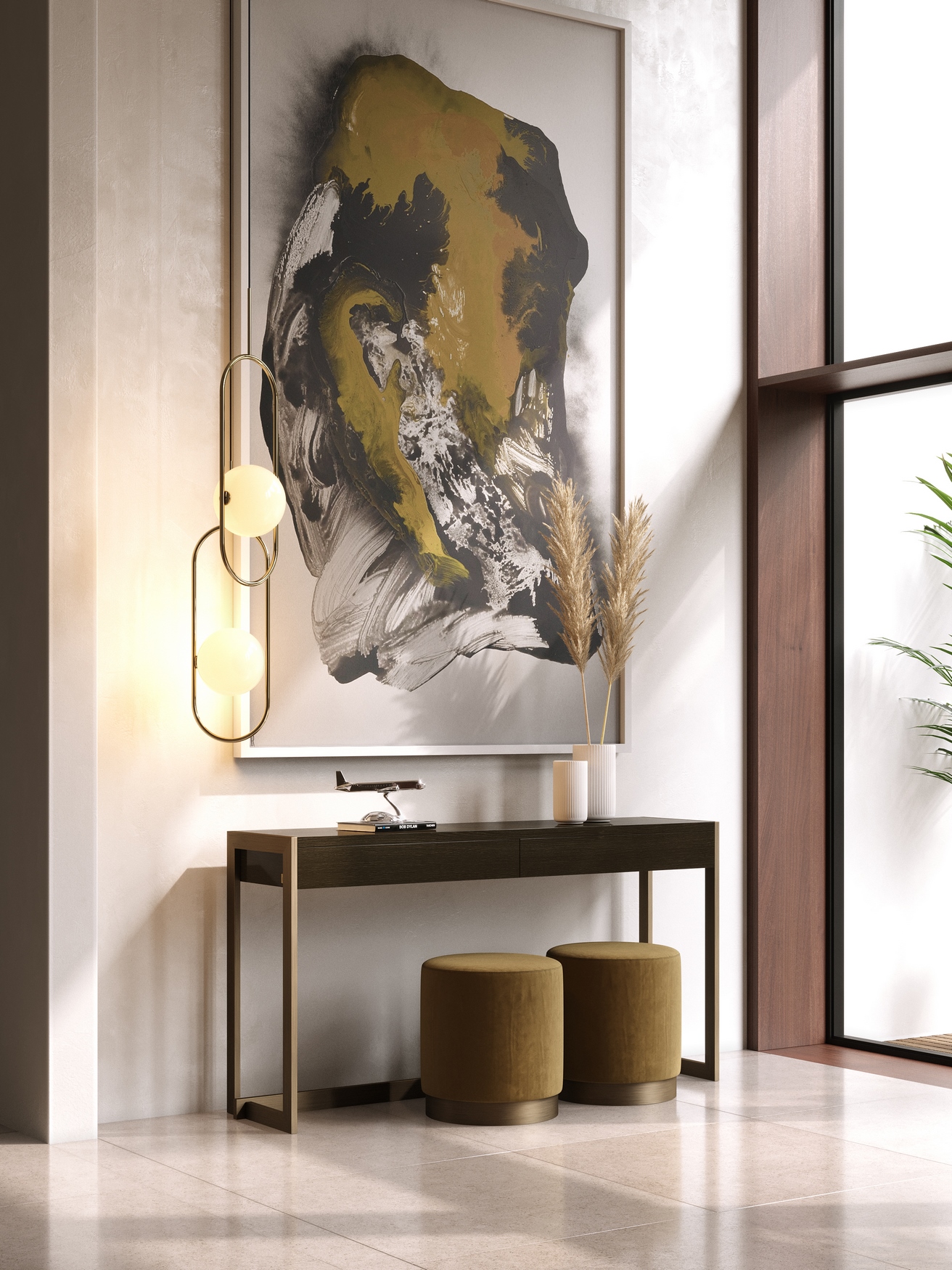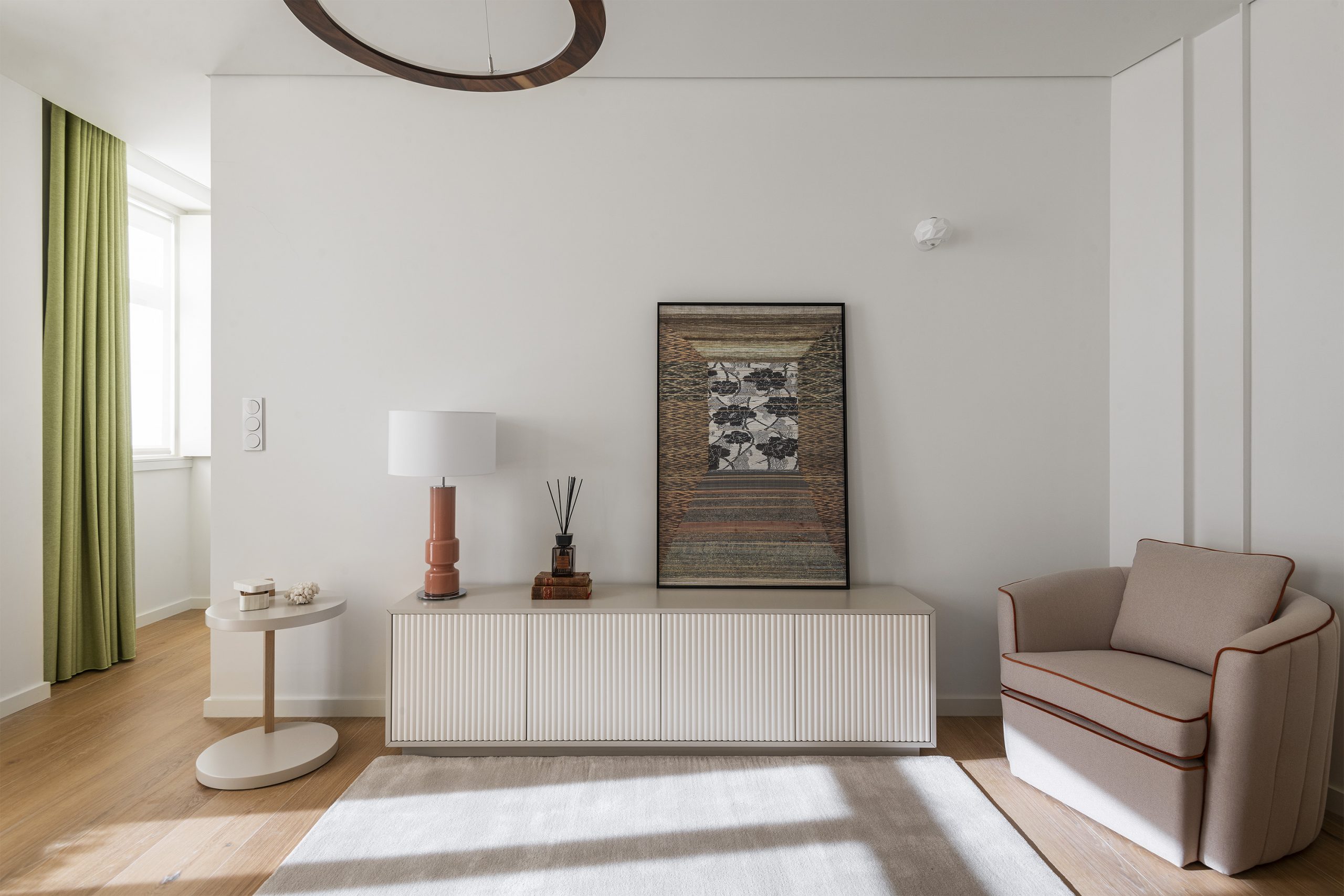Making your artwork part of your interior design can transform the aesthetics of your spaces. This all means creating spaces designed to emphasise the artworks so that they are integrated with their surroundings.
It’s important to understand the role art will play in the space, whether it’s your living room or an office. Many designers use art to help highlight and add personality, to tell a story, add life and cheer, or even to create a point of wonder.
The energy that art propagates in the environment is exceptional. It spreads essence and makes environments with a very peculiar identity. See how you can add notes of culture and life to your home.
Factors to consider
Colour
The colour should not tie you to the decoration you already have in the space. If you want to risk decorating with art, select pieces with colours that contrast with the furniture and decorations you already have. In this way, you can give greater prominence to the paintings you want to exhibit.
If you intend to decorate your bedroom, our suggestion is that you choose smaller paintings with soft tones or even black and white.
- Double suite Pontevedra Project
- Minimalist Entry Hall with splashes of colour
Size and Scale
When it comes to choosing decoration with art it is important to take into consideration the size of the pieces. Analyse the space you have available. As a general rule, a larger painting will be more prominent than a smaller piece.
As far as the arrangement of the paintings is concerned, principle 145 is a concept which will certainly help you. You should hang the painting or group of paintings so that its centre point is 145 cm from the floor. The contemplation of the work is at a harmonious level for the observer.
- Nordic entry Hall
- Raw wood frames
Height
Preferably, the artwork hanging on the wall should be placed at eye level. The average height is 1.60m. If you prefer to place it on top of the sofa, you should consider a minimum distance of 20cm above the piece.
If you intend to place it in a dining room, it is advisable that the piece is positioned at the centre of the dining table, so that it is a point of admiration for everyone present.
- Minimalist art in the dining room | Project Casas d’Avenida
Mixing old and new
Contrast is one of the things that keeps interior design looks interesting and art can play a key role. Art from different eras creates a robust and confident atmosphere.
In a more classic living room, a more modern piece of art brings the eye to focus on that impactful space, as do more classic works that carry culture and character to more contemporary settings.
- Modern living area in neutral tones
Lighting
For artworks to last, avoid exposing them in places with lots of direct sunlight, as they will fade and stain your pieces. There is no point in having art at home if it is not valued. Inadequate light can provide shadows and it can get lost in the atmosphere. Scenic lighting for a wall with art can add an artistic and irreverent touch to the space.
- Sophisticated ambience contemporary dining room
Tips for conserving your works of art
- Avoid hanging paintings in damp spaces, for example in the bathroom. Moisture, either direct or indirect, can cause mildew stains or damage the canvas and wood;
- Keep them away from heat sources such as fireplaces, candles, hot lamps and heaters;
- Store them away from draughts, such as air-conditioners, and fans
- Arte abstrata no Hall de Entrada
- Open space projeto Apartamento Oeiras
Important tips
Measure the wall to get a sense of how many and which pictures you will hang. Start by arranging the paintings on the floor, that way you’ll have more freedom to organise them.
In a living room, art should be ⅔ as wide as the sofa or even wider. The same applies in a bedroom, on top of the bed. However, if you don’t want to take up the room with large pieces, smaller pieces will be a great addition placed like a gallery on your wall.
Don’t get stuck on patterns. Picture galleries combine pictures with different sizes, and with both horizontal and vertical layouts. If you prefer something more traditional, opt for equal dimensions and frames.
A relevant tip is to have pieces of art that tell stories, some 20th century art, like something inherited from our grandparents.
- Living room | Arouca Apartments Project
